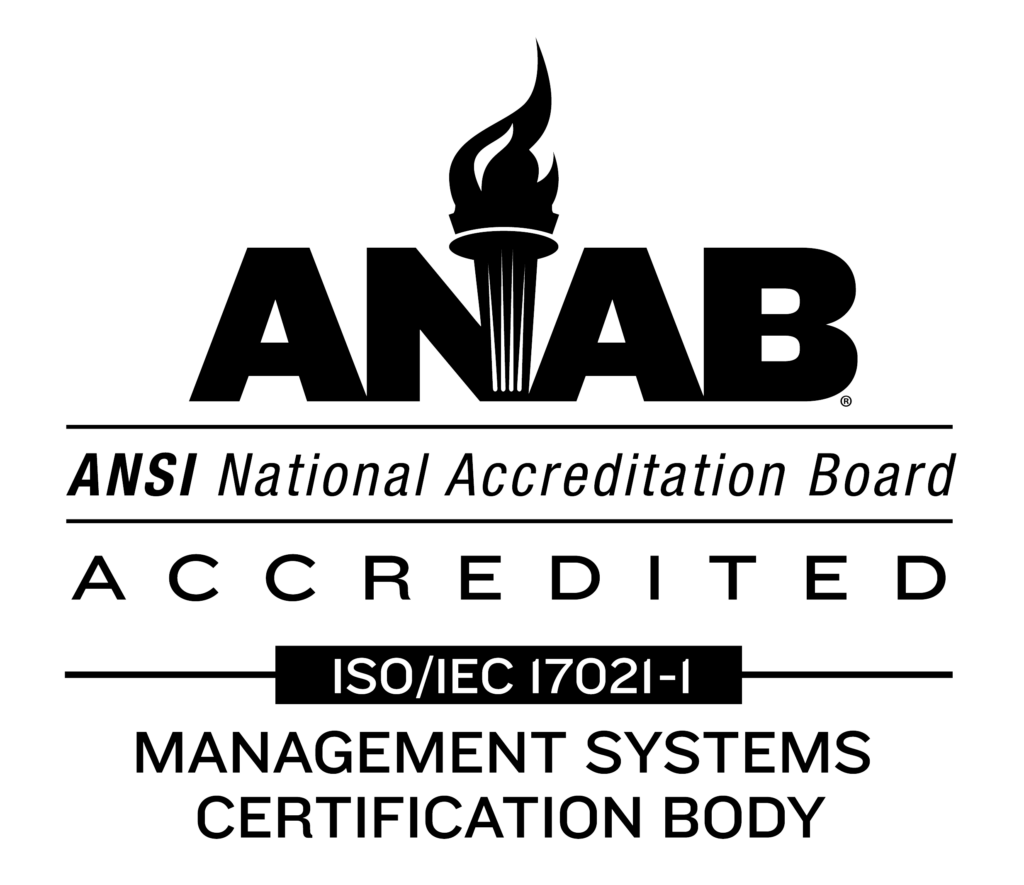The Intelligent Edge: Navigating the Transformative IIoT Landscape with Renee Garcia (Part 1)
Today’s world is undergoing rapid digital transformation, from the technologies that shape it, business practices and strategies shifting in response and the workforce adapting to stay up-to-date. It’s nearly impossible to predict what’s next for the IoT and IIoT industries. It’s up to the businesses shaping the landscape to know how and when to adapt through innovative technologies and processes. It’s also up to individuals in the field to recognize the value of developing diverse skill sets. For the seventh blog in our series “The Intelligent Edge,” we sat down with Product Line Manager Renee Garcia to discuss her expertise with this adaptation and transformation, all of which she’s experienced through her roles in industry and academia. FreeWave: Tell us a little about your background. How did you end up doing what you do today? Renee Garcia: I started out as a mechanical engineer working in medical designs and diagnostics and learned what it took to develop and deploy products in regulated environments. I was really in the weeds addressing technical problems, but quickly realized I wanted a role with a broader impact on the world – one that I could directly participate in. So, I went back to school full time and got my MBA, concentrating on product management. My first job following that was down the road in Loveland with a water sensor manufacturer. After 10 years, I decided to try something a little bit different, so I joined the University of Colorado Boulder’s Office of Industry Collaboration, where I focused on connecting technology and biotech businesses with the school. I eventually decided I missed industry and being involved in product development. I’ve been with FreeWave since last August. FreeWave: Across your past roles, what’s been one of the most interesting changes you’ve seen in the IoT industry? Renee: At that water sensor manufacturer, I supported a wastewater flow meter that was deployed into collection systems. Wireless IoT technologies were adopted early in this space to consolidate data across the wastewater system. During my five years supporting that product, I saw the IoT revolution make a large impact on capabilities that were brought to the market due to the increased prevalence of cellular communications and cloud-based software. It was fantastic from a product development standpoint to be a part of this transition showing how technology is impacting the IoT. FreeWave: What about your time at CU Boulder? What drew you to the collaboration between universities and businesses? Renee: CU Boulder had formed a new office to better bridge industry and the university. They were looking for program managers with product development experience who could speak both languages. I was very interested in helping fulfill that mission and to improve the industry-university relationship. It’s a two-way relationship; you have masters and PhD-level experts from the school and specialists from a company like FreeWave that can teach each other something new. FreeWave: How exactly can that benefit each party? Renee: Future engineers need to think outside their discipline and not follow some kind of prescribed path. Having students work with businesses grounds a lot of the theoretical classes they take and prepares them for real-world applications. So, when it comes time for them to graduate, students have already developed different skill sets and are familiar with how the industry works. From the business perspective, it’s all about having students interact with a company’s technology. It’s great to see excitement and validation around it, like we saw with our hardware during our time at CU Boulder’s hackathon, HackCU. We received wonderful, instant feedback from this new generation of developers, scientists and engineers. Think of it this way – a beta test typically takes a month at minimum. Feedback during HackCU took only 24 hours. _____ Interested in more insights from Renee? Stay tuned for our continued conversation in the next Intelligent Edge blog!
Applying Automation to Save our Water Systems
Each day, billions of people and organizations around the world face some type of water or wastewater issue. From industrial and agricultural enterprises to consumers, a consistent supply of quality water is crucial. According to the American Society of Civil Engineers’ 2017 Infrastructure Report Card, many of these issues are due to aging infrastructure with an annual $82 billion gap in U.S. water and wastewater system infrastructure investment alone. To help combat this, many of the more than 30,000 rural water/wastewater districts in North America are facing new state and local government regulations. The standards require some level of automation be incorporated to validate the integrity and security of water systems and infrastructure data. On Feb. 14 at 4pm MT, our Chief Marketing Officer, Scott Allen, will be speaking in-depth about this topic at the Colorado Rural Water Association’s (CRWA) 37th annual conference and expo. His session, “Connecting it All: Intelligent Edge Remote Networks,” dives into some of the challenges people face with their water and wastewater systems – like broken or frozen pipes – along with security concerns that automation at the edge can quickly identify and remediate. Where automation can be applied Approaches to water and wastewater management are generally divided into two basic focus areas: quality and quantity. Quality is the integrity of the water supply. You may remember the 2014 Flint, Michigan water crisis, which to this day is still dealing with high levels of lead in the city’s drinking water due to insufficient water treatment. In addition to environmental hazards, security breaches, like tampering with water quality test results, are a major concern in hiding evidence of contaminated wells. Quantity is the amount of water being processed for reclamation, agriculture, recreation, industrial and other uses. Due to the aging water system infrastructure, leaks, shortages and even overflowing tanks create the potential for households and cities to be without access to running water. To maintain and secure a pristine and consistent water supply, wireless automation tools and technology can help gain an accurate representation of water conditions, such as temperature, turbidity, salinity, pH and flow. From there, a wireless data network is needed to automatically transmit the collected data and flag any existing or projected problem areas. It can also help immediately report any security breaches, increase equipment and worker efficiency, automatically react to malfunctions and perform control actions, among other benefits. The power of automation: a case study Take for instance the introduction of automation and wireless by the St. George Water Services Department, part of the Washington County Water Conservancy District in Washington County, Utah. To effectively and efficiently manage and optimize the complete water cycle for 82,000 people living in the city of St. George, Utah, the department needed to collect reliable and accurate data from across more than 100 linear miles. By introducing a radio network to transmit sensor data from across their district, the St. George Water Services Department can now employ an automated SCADA system. This provides clear visibility into the performance of their utility- and solar-powered devices, while also simplifying the process to secure separate systems. To learn more about how the city of St. George accomplished this feat, read our case study here! While awareness around what public water and infrastructure issues need to be fixed are known by water and wastewater associations, many are still figuring out how to address it. If you plan on attending the CRWA conference this week, drop by to watch Scott’s session to learn more about why the introduction of automation and SCADA technologies that are crucial to a clean and fully-functioning water supply, and how radio networks enable these technologies. Hope to see you there!
Utilities: Where Data Flows Like Water at the Speed of Light
(Image courtesy Flickr Creative Commons) More than a decade ago, the choices were few to address the needs of data gathering and recording. Water and wastewater utilities, for example, had to be able to use a ‘one size fits all’ unit with set parameters and make their systems adaptable to the technology of the day. Since then, many municipal water systems, such as those in Southern Utah, have had to broaden the area from which they gather, use, and reclaim water. Most growing areas are even facing the dilemma of higher demands on services while trying to stay within shrinking budgets and manpower cutbacks. This is because in the past, many viewed electronic data gathering as a ‘want’ instead of a ‘need’ until now. As with any limited resource, scarcity often drives innovation as people are tasked to do more with less. Such is the current state and convergence of water/wastewater utilities and the Internet of Things (IoT) – an emerging paradigm in which more data and information can be gathered and acted upon during the processes of collecting, treating, monitoring, and distributing water. With the unprecedented demand for cities and municipalities to maximize water resource allocation, local government officials began implementing smarter methods to address the challenges of today and hurdle the potential obstacles in the future. By using new technology in the form of sensors, IoT networking and data analytics, city officials, local citizens, and businesses are now more accurately predicting everything from crop yields to at-home water conservation. This technological evolution is part of a much larger undertaking that has both garnered international attention and prompted action all the way to the Federal level of the United States government. Smart Cities Initiative Connected In response to the new Smart Cities Initiatives, cities around the country are beginning to take advantage of the $160+ million in Federal research and technical collaborations to help their local communities tackle key challenges such as lessening traffic congestion, reducing crime, fostering economic growth, creating jobs, managing the effects of a changing climate, and improving the delivery of city services and quality of life. According to a White House fact sheet on Smart Cities, emerging technologies have “created the potential for an ‘Internet of Things,’ a ubiquitous network of connected devices, smart sensors, and big data analytics. The United States has the opportunity to be a global leader in this field, and cities represent strong potential test beds for development and deployment of IoT applications.” Given the growth of these highly connected networks, Smart Cities are using wireless communication technologies to build critical infrastructure and support public services. According to the research firm Gartner, an estimated 1.1 billion connected things were used by Smart Cities in 2015, with this total rising to 9.7 billion by 2020. What Is on the Horizon for Utilities? As Smart Cities initiatives continue grabbing headlines and captivating imaginations, public utilities and their customers have the most to gain in the short term. Coordination and collaboration amongst a cities’ local government, utility operators, researchers, and technology vendors is key to bringing these “smart initiatives” to light. For example, Orlando, Florida was a destination of choice for many involved in these smart city transformations, as DistribuTECH 2016 brought approximately 12,000 people together from more than 60 countries across the globe to keep the focus on the future of electric power delivery and a smart utilities infrastructure.





